Flipping Your Ebooks on Their Ear Eases Reading
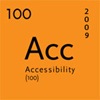 Electronic books or ebooks are a great way to share your expertise and to generate an income. However, how many are sitting on computer hard drives around the world, unread? Your work and expertise wasted.
Electronic books or ebooks are a great way to share your expertise and to generate an income. However, how many are sitting on computer hard drives around the world, unread? Your work and expertise wasted.
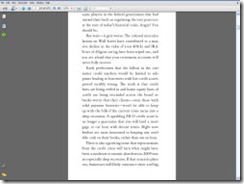
To minimize paper clutter, I rarely print ebooks. Instead, I prefer reading them on my computer. However, that typically means much scrolling from page to page, which requires fairly fine muscle control – and some days I don’t have it.
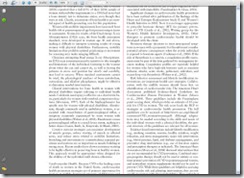 Even worst are ebook with column layouts as they require constantly scrolling up and down.
Even worst are ebook with column layouts as they require constantly scrolling up and down.
Many ebooks are sitting in my electronic library, unread. Who knows the gems of wisdom wasting away in there!
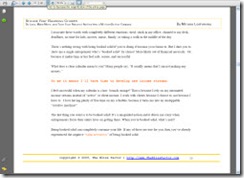
A few days ago I downloaded Milana Leshinsky’s Unlock Your Business Growth and immediately noticed a refreshing difference! The entire page was visible without needing to scroll. I read all 42 pages right then.
What was the difference? The page orientation was landscape, not portrait! I was amazed by how turning the page sideways made such a huge difference. Hitting the “next page†button was all that I had to do. It was so easy, so refreshing.
Portable Document Format (PDF) is the commonly used format for creating ebooks. However, for many individuals, PDF means Pretty Damn Frustrating. Creating accessible PDFs will be covered in a future Accessibility 100 post.
Accessibility 100 is a series of 100 easy-to-implement, free and inexpensive tips for improving accessibility for people with disabilities. This is a community project. Feel free to leave your comments, questions and ideas for future Accessibility 100 posts.
Get the entire series by subscribing to this blog by filling in the form in the upper right corner or by subscribing to the RSS feed.
If you enjoyed this post, consider buying me a chai tea latte. Thanks kindly.



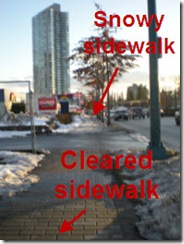 Once down our street, we discovered (though weren’t surprised) that cleared sidewalks were hit and miss. Some businesses had shoveled their sidewalks; others had not. Some curbcuts (ramps in sidewalks) were cleared, while others were not, making crossing to the sidewalk on the other side of the street unsafe.
Once down our street, we discovered (though weren’t surprised) that cleared sidewalks were hit and miss. Some businesses had shoveled their sidewalks; others had not. Some curbcuts (ramps in sidewalks) were cleared, while others were not, making crossing to the sidewalk on the other side of the street unsafe. 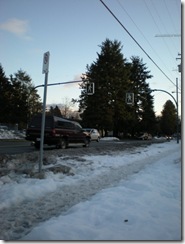 Darrell and I were able to get to Staples to exchange a faulty Christmas gift and to the mall for
Darrell and I were able to get to Staples to exchange a faulty Christmas gift and to the mall for 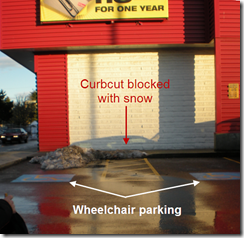 Dear Businesses,
Dear Businesses,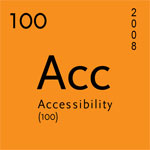

 Subscribe via RSS
Subscribe via RSS



